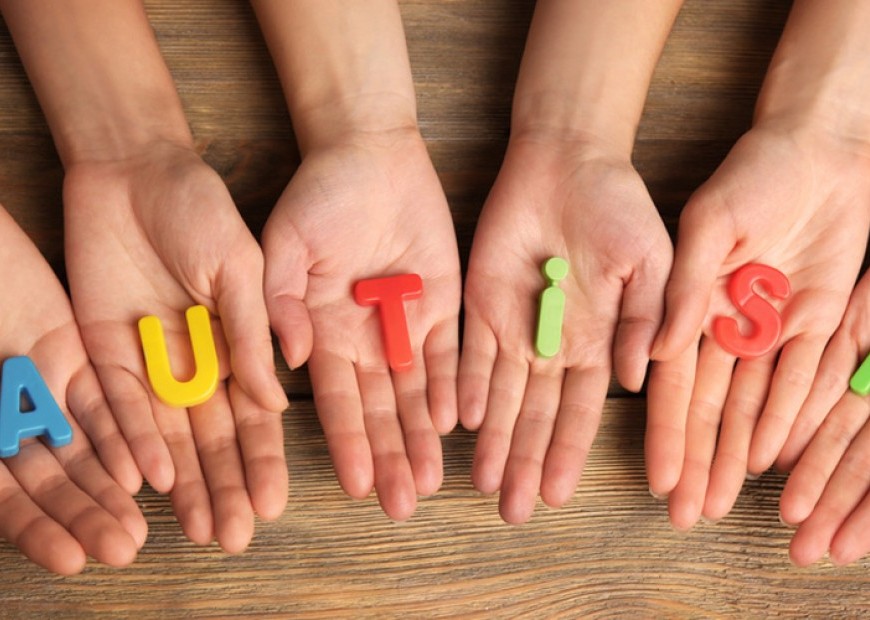Understanding Autism Spectrum Disorder
Edward, a 2 ½ year old boy was referred to the developmental clinic because of speech delay. His parents reported that he was once a happy and constantly babbling infant, but began to be more aloof and less socially engaged as he turned one. He did not turn when called and was not interested in any form of play unless these involved alphabet letters and blocks. He pulled for his needs and lost his first words. He was happiest when he could completely line up his small cars and even flapped his hands repeatedly after. A thorough and comprehensive evaluation was made by a subspecialist/professional which consisted of structured interviews and standardized tests. The parents were eventually advised that these clinical findings were consistent with an Autism Spectrum Disorder.
What is an Autism Spectrum Disorder (ASD)?
Autism, once thought of as rare, is now common with prevalence estimates rising constantly over the past decades reaching 1 in 68 in the United States (Centers for Disease Control and Prevention 2014 data) but with no clear comparative studies in our local setting. Autism spectrum disorders (ASDs) are neurodevelopmental disorders that are now characterized by two core symptoms of impairment in social interaction and communication as well as restricted, repetitive behaviors (American Psychiatric Association 2013; Diagnostic and Statistical Manual 5 2013). “Autism is not a single disorder, but a spectrum of closely related disorders with a shared core of symptoms. Every individual on the autism spectrum has problems to some degree with social interaction, empathy, communication, and flexible behavior. But the level of disability and the combination of symptoms varies tremendously from person to person. In fact, two kids with the same diagnosis may look very different when it comes to their behaviors and abilities.” (www.helpguide.org).
What are the common signs and symptoms of ASD?
Basic social interaction can be difficult for children with autism spectrum disorders. Symptoms may include:
- Unusual or inappropriate body language, gestures, and facial expressions (e.g. avoiding eye contact or using facial expressions that don’t match what he or she is saying)
- Lack of interest in other people or in sharing interests or achievements (e.g. showing you a drawing, pointing to a bird)
- Unlikely to approach others or to pursue social interaction; comes across as aloof and detached; prefers to be alone
- Difficulty understanding other people’s feelings, reactions, and nonverbal cues
- Resistance to being touched
- Difficulty or failure to make friends with children the same age
Many children with Autism Spectrum Disorder struggle with speech and language comprehension. Symptoms may include:
- Delay in learning how to speak (after the age of two) or doesn’t talk at all
- Speaking in an abnormal tone of voice, or with an odd rhythm or pitch
- Repeating words or phrases over and over without communicative intent
- Trouble starting a conversation or keeping it going
- Difficulty communicating needs or desires
- Doesn’t understand simple statements or questions
- Taking what is said too literally, missing humor, irony, and sarcasm
Children with Autism Spectrum Disorder are often restricted, rigid, and even obsessive in their behaviors, activities, and interests. Symptoms may include:
- Repetitive body movements (hand flapping, rocking, spinning); moving constantly
- Obsessive attachment to unusual objects (rubber bands, keys, light switches)
- Preoccupation with a narrow topic of interest, sometimes involving numbers or symbols (maps, license plates, sports statistics)
- A strong need for sameness, order, and routines (e.g. lines up toys, follows a rigid schedule). Gets upset by change in their routine or environment.
- Clumsiness, abnormal posture, or odd ways of moving
- Fascinated by spinning objects, moving pieces, or parts of toys (e.g. spinning the wheels on a race car, instead of playing with the whole car)
Hyper- or hypo-reactive to sensory input (e.g. reacts badly to certain sounds or textures, seeming indifference to temperature or pain) (www.helpguide.org)
Getting a Diagnosis of ASD
The road to an ASD diagnosis can be difficult and time-consuming. In fact, it is often two to three years after the first symptoms of ASD are noticed before an official diagnosis is made. This is due to concerns about “labeling”, incorrectly diagnosing the child, seeking too many consultations or even enduring the long waiting lists of qualified professionals. However, an ASD diagnosis can also be delayed if the doctor doesn’t take a parent’s concerns seriously or if the family is not referred to the appropriate health care professionals who specialize in developmental disabilities. ( www.helpguide.org)





